LIGHTING TECHNICAL DIRECTOR
What is a Lighting Artist?
The lighting artist is responsible for illuminating all CG assets, characters, and/or environments for live action visual effects and or animated projects. Tasks can range between the more technical matching of light from filmed backgrounds through to the more creative mood enhancing styles of animated content. They use light to enhance the depth, tone, atmosphere and mood of a given scene. A lighting artist works to the vision of the director and create different styles of lighting to convey extraordinary effects.
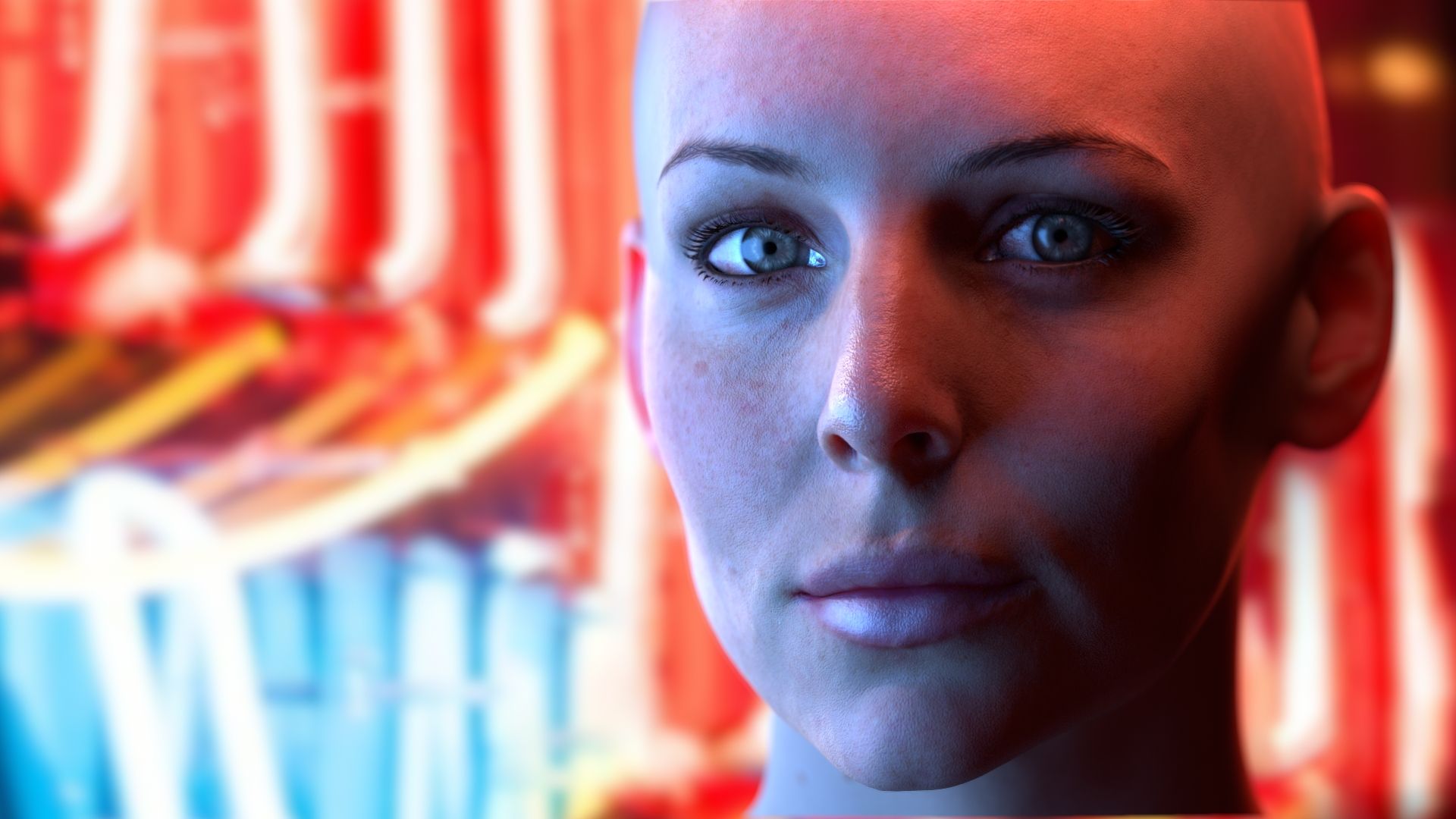
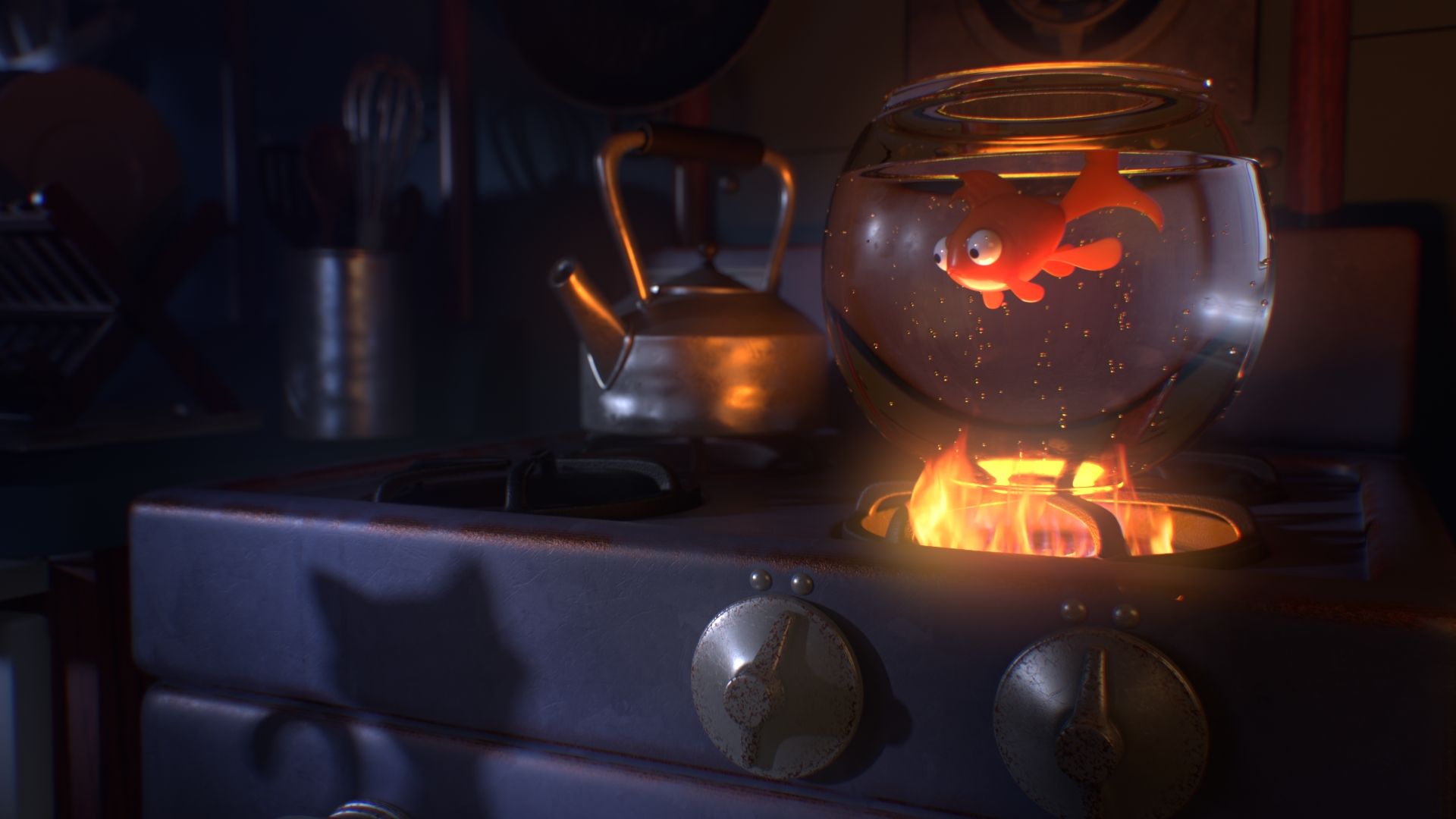
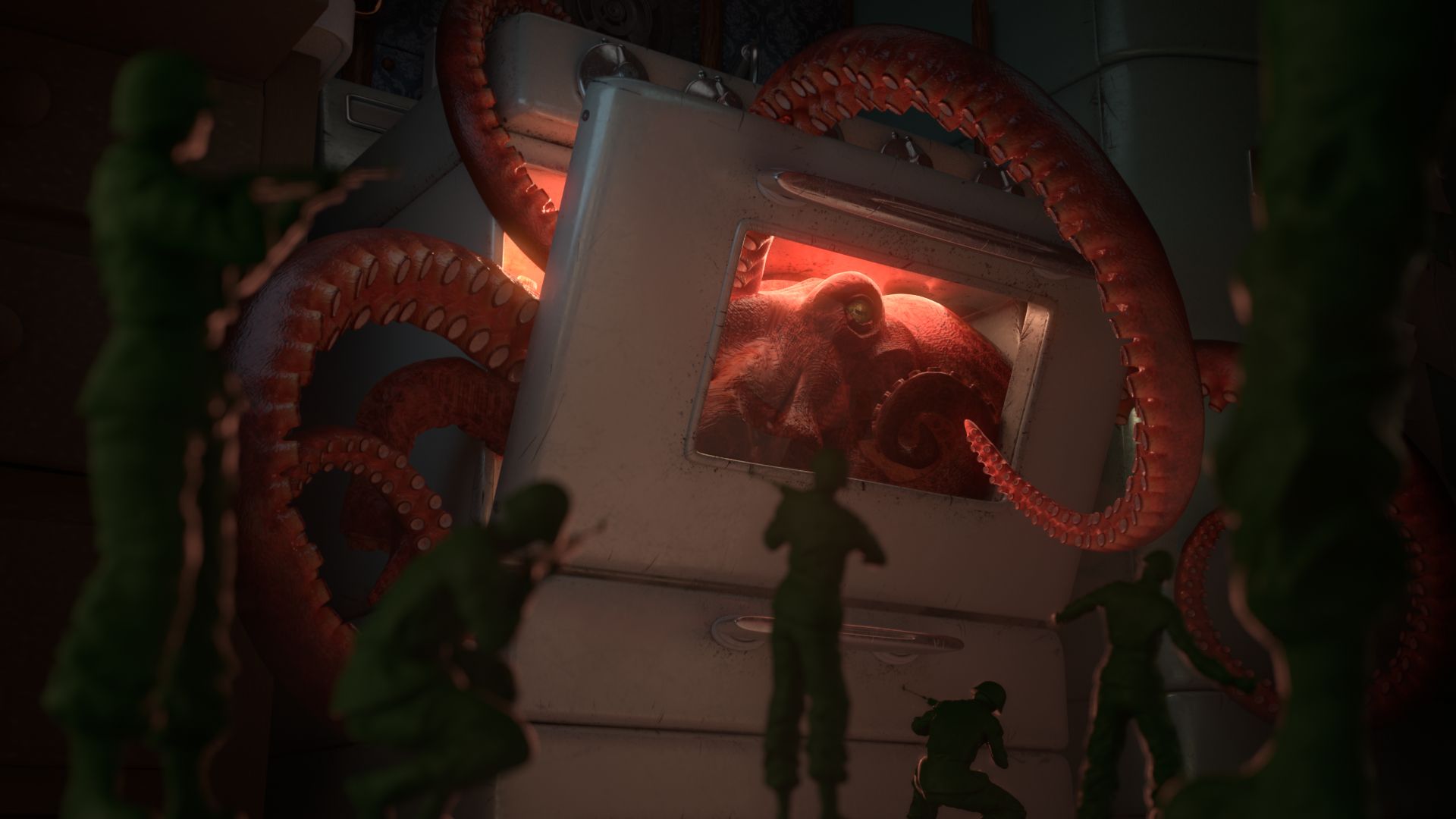
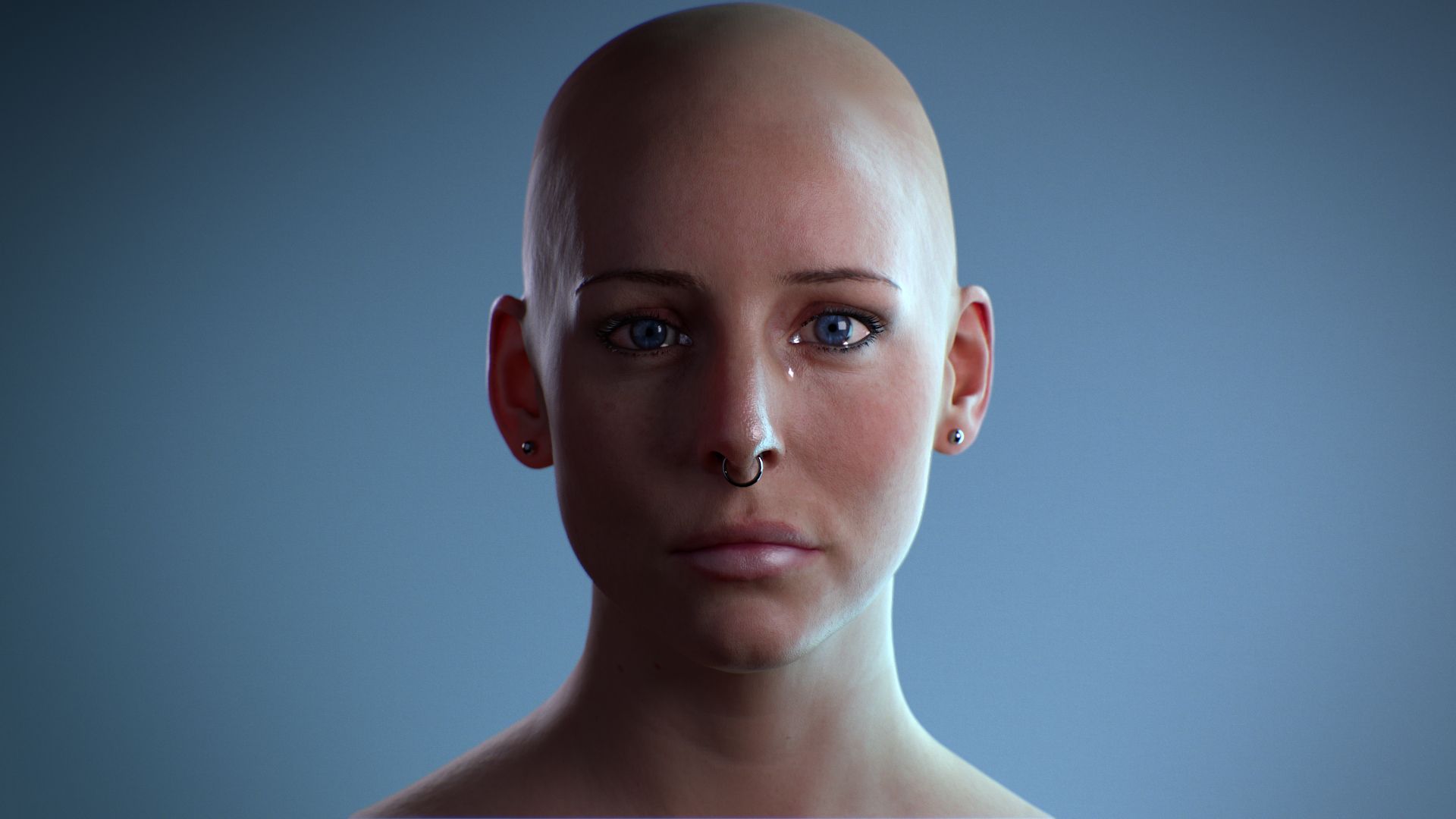
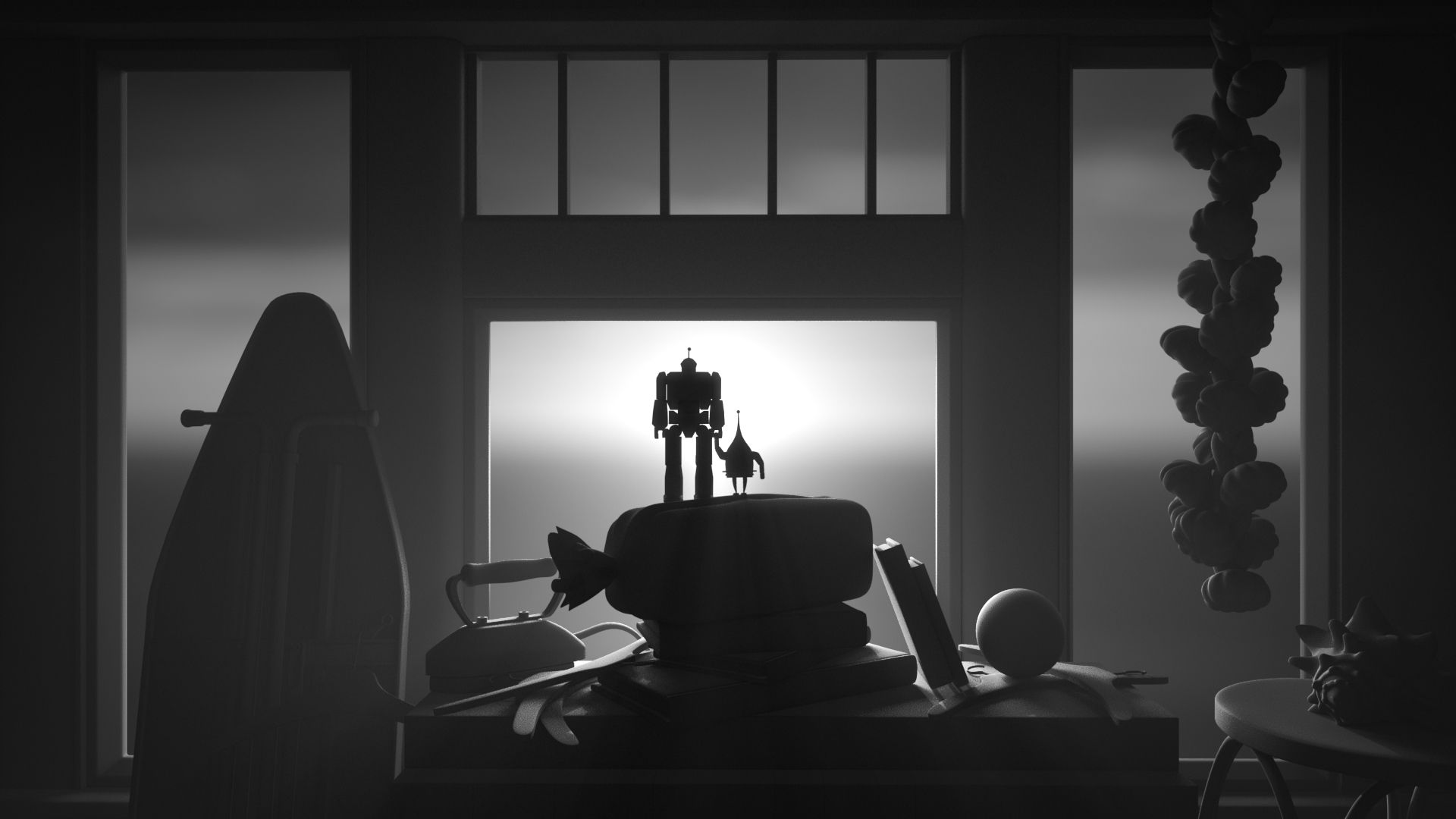

Our 16-Week Program
We offer a Lighting Technical Director Certificate program that prepares future artists for the trade of Digital Lighting for animation, television and feature film quality visual effects production by training students in Katana. The program is designed to build a portfolio demonstrating both animated and photo-real lighting skills. This course, taught by Francois Gendron, serves as a stepping stone toward accessing some of the most sought-after studios in the industry.
Meet Your Instructor
My Teaching Philosophy
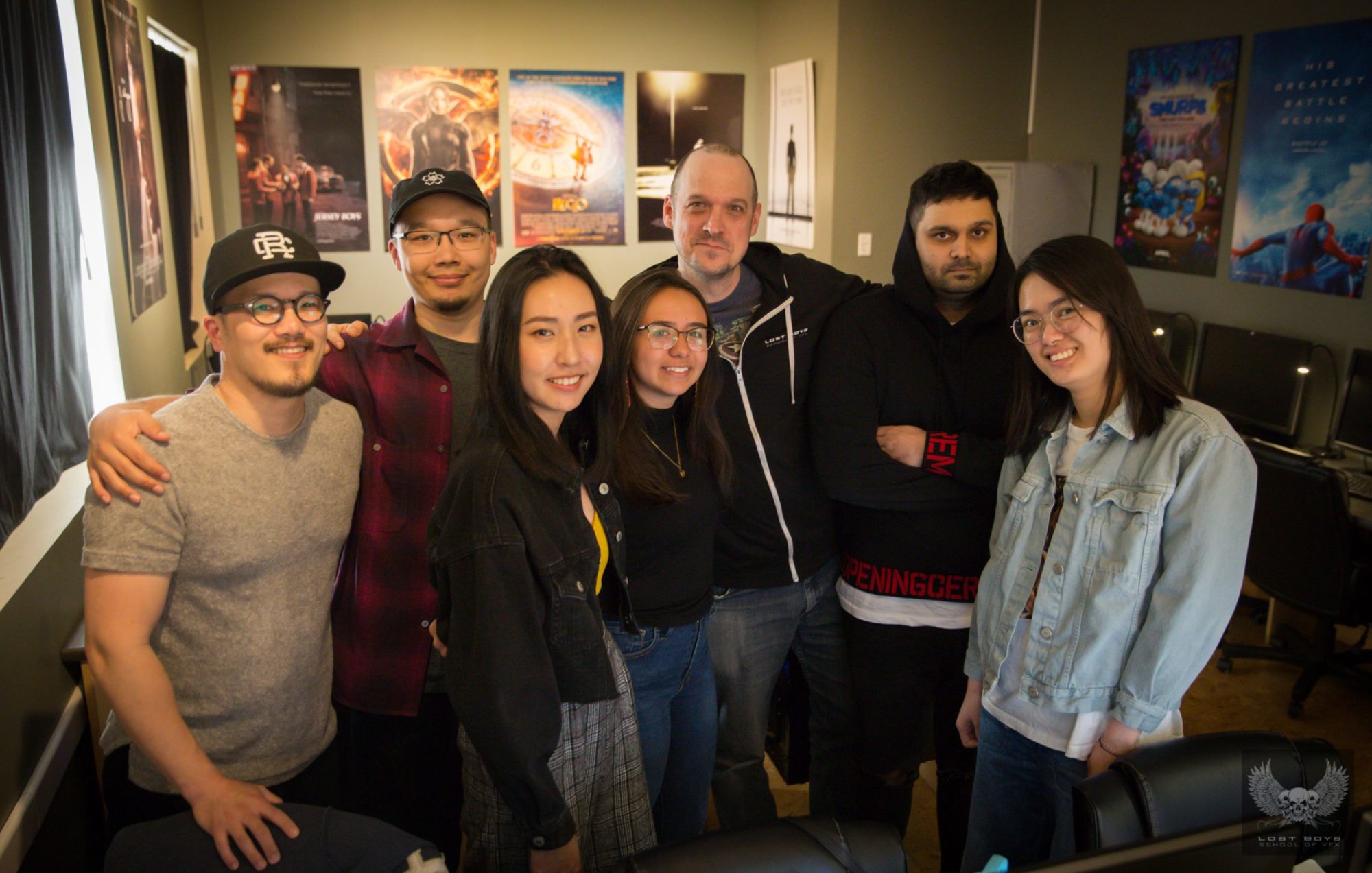
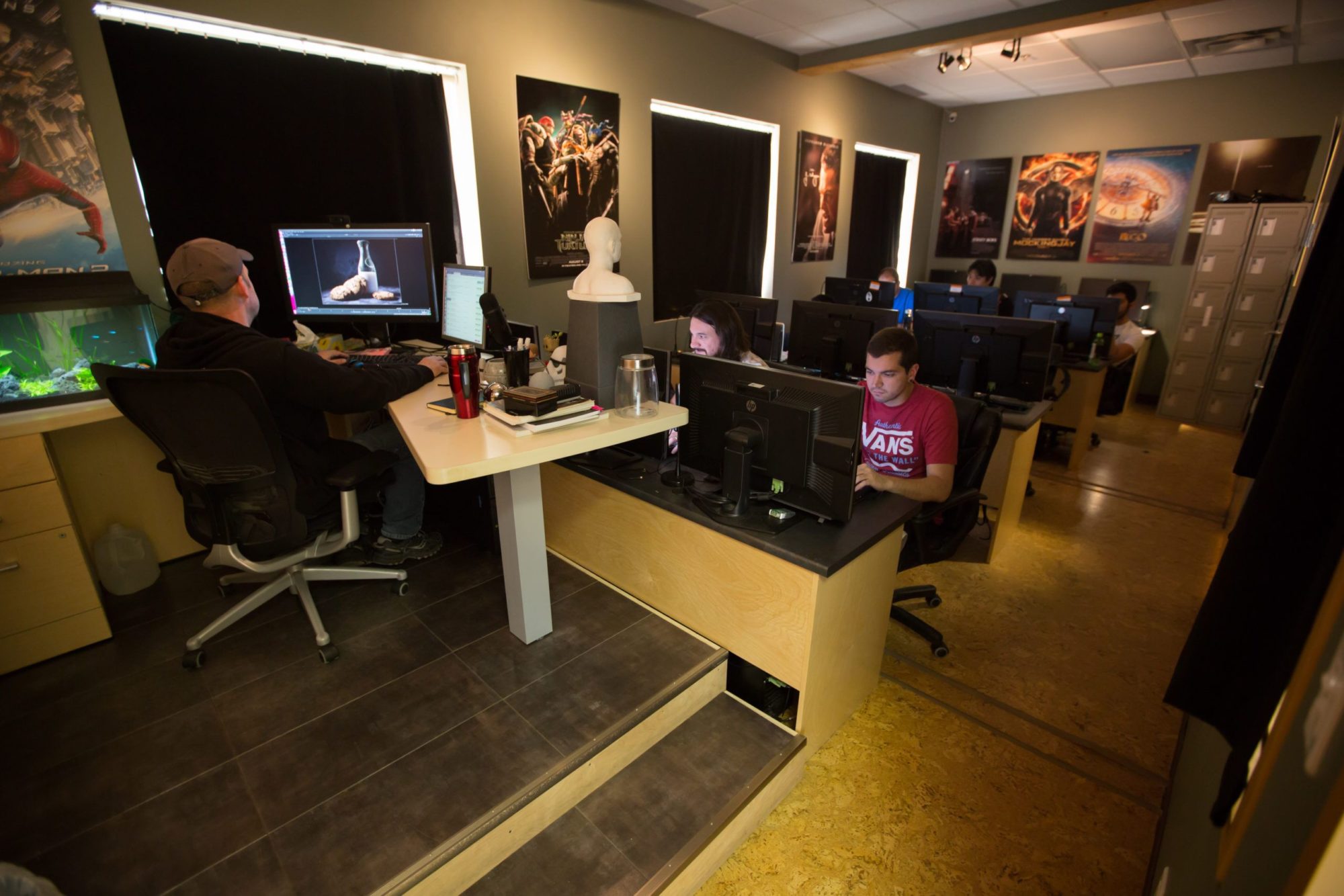
In the last few years, I’ve really seen the VFX industry pushing for more realistic lighting, based on real-life light calculation. This is commonly called Physically Based Rendering, or PBR, and was not possible a few years ago because computers were not powerful enough. It’s great because the light reacts more like it does in real life, but the downside is that it takes longer to create an image.
As a lighting teacher, I try to focus on the art of lighting as much as possible, not the tools. What I try to develop in the classroom is a good balance in between technical and artist. A good lighter will know the tools they need to make their shot look good and they will know how to find work arounds when the specific tools they use is not working for the specific task they are working on. At the end when the image is final, the tools or software are not important. Only the look counts.
I do this because, as a lighter, you often move to different companies and the tools and software change from company to company. A good lighter will want to use great tools, like Katana, but the tools you use won’t make you a great lighter, just as a good saw won’t make you a great carpenter.
Because machines are stronger and renderers are more physically accurate, there are more places to express our artistic lighting skills. In the past, a great part of the lighting process was making the lighting look real. With the upcoming technology, there are more and more places to express emotion through lighting, which is a great part of what is supposed to be done in lighting. I’m a strong believer in working by doing it again and again. There is no shortcut, so be patient, and spend many hours sitting in the dark hitting render.
Alumni Success
Our Lighting alumni have gone on to work on the biggest feature films in the world. With their specialized knowledge of Katana and fundamental compositing skills with Nuke X, alumni have been actively sought out by the industry. They all took the leap of faith that led to a creatively fulfilling career with the guidance of our Instructor and industry ready training.



Connect
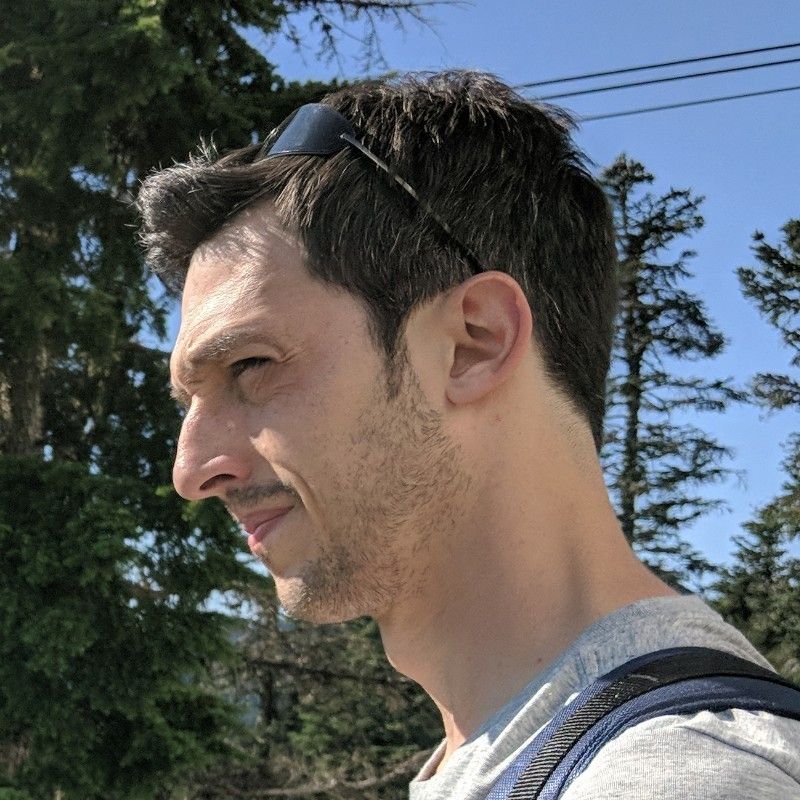

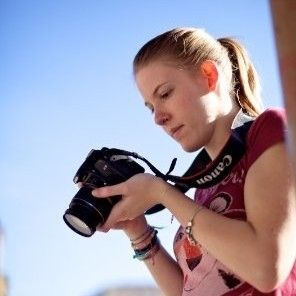
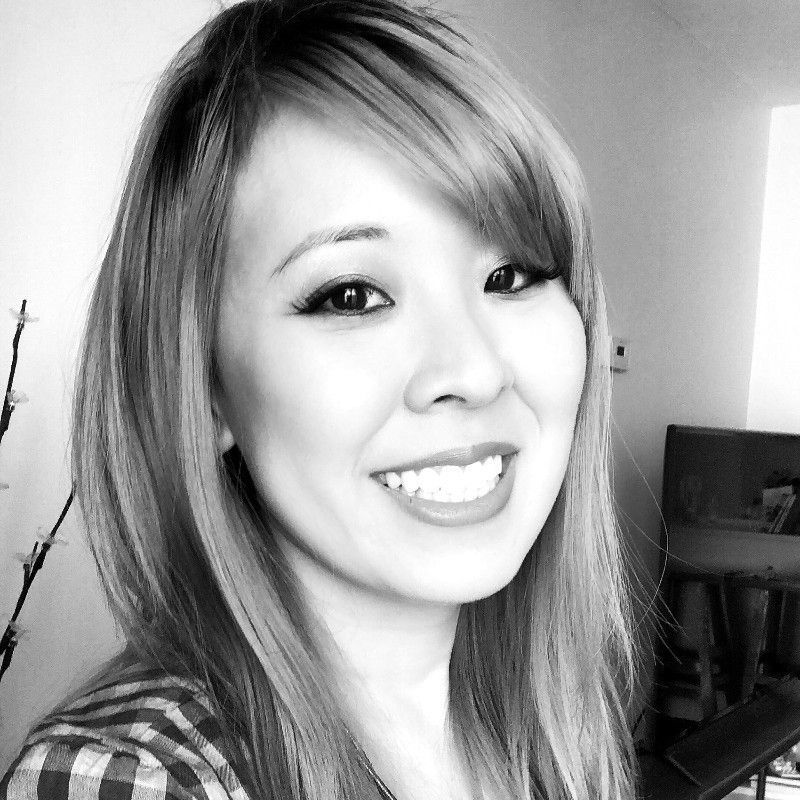
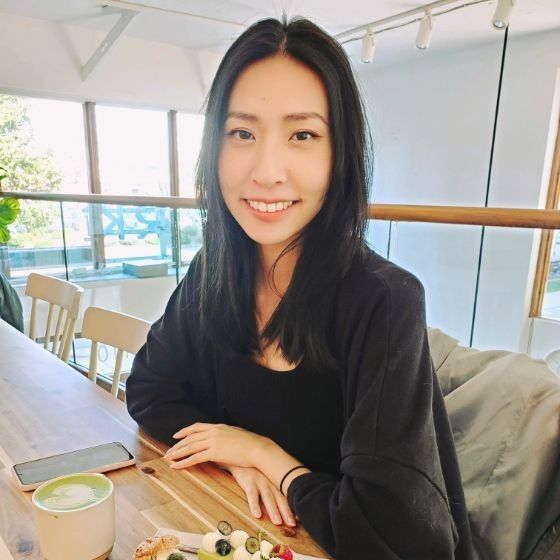
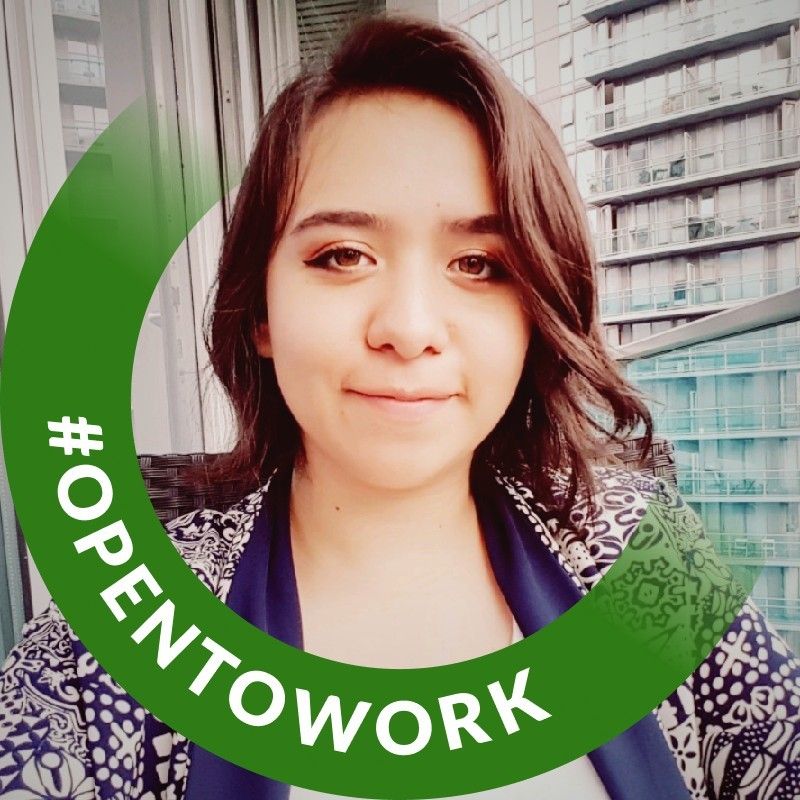
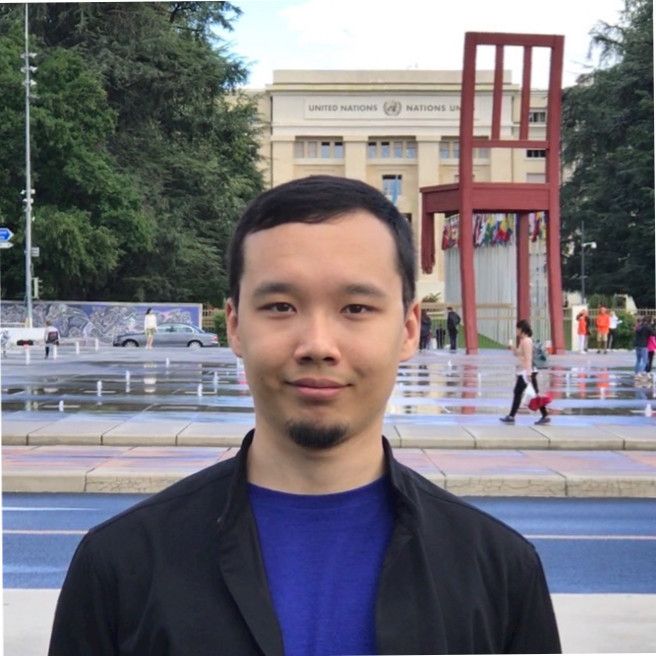
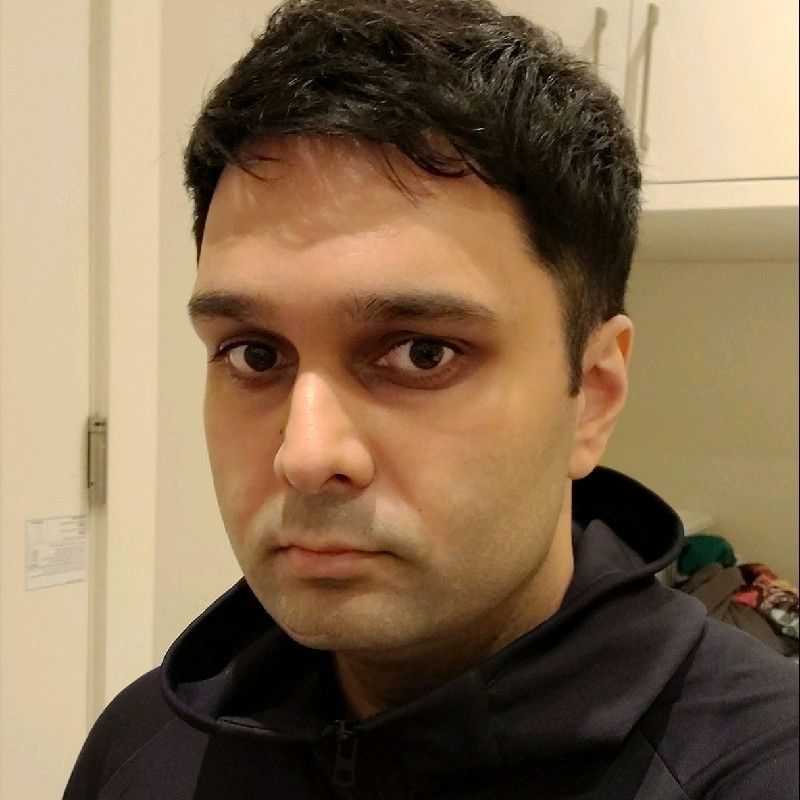



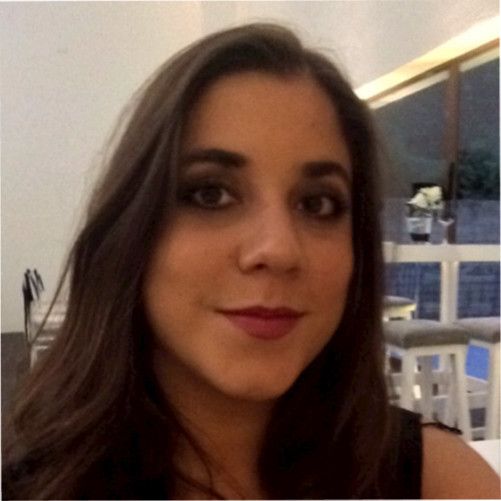



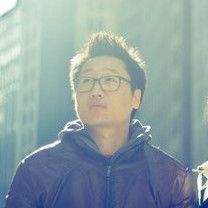

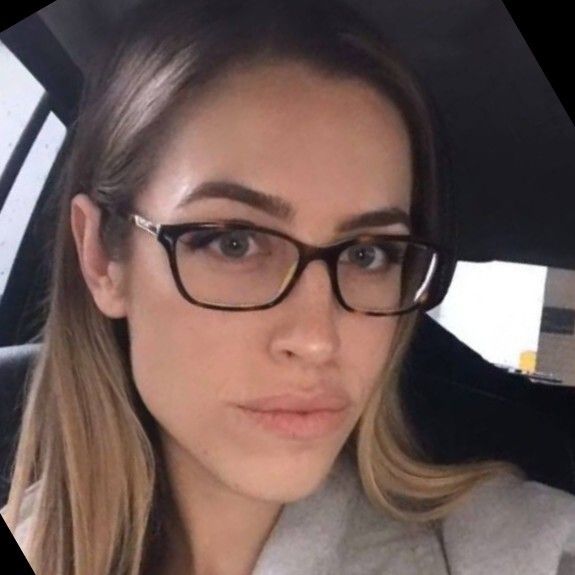
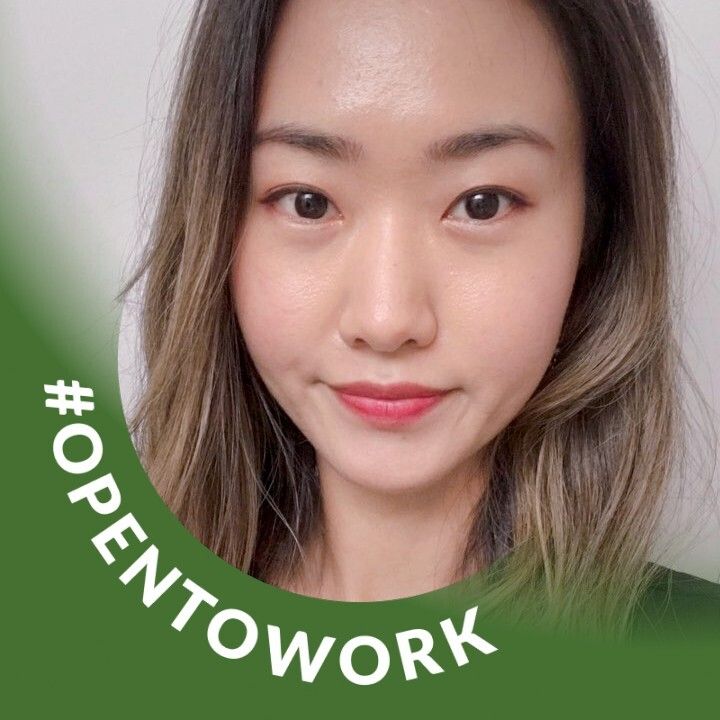
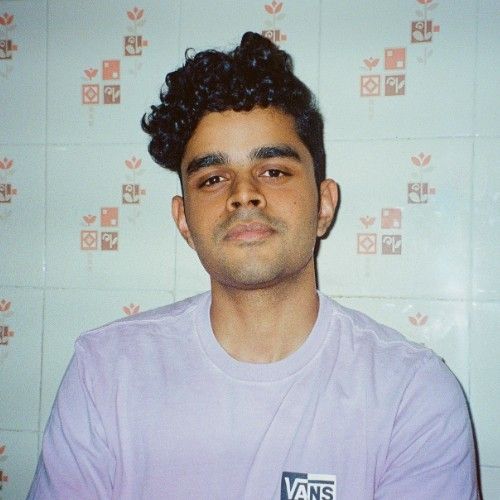

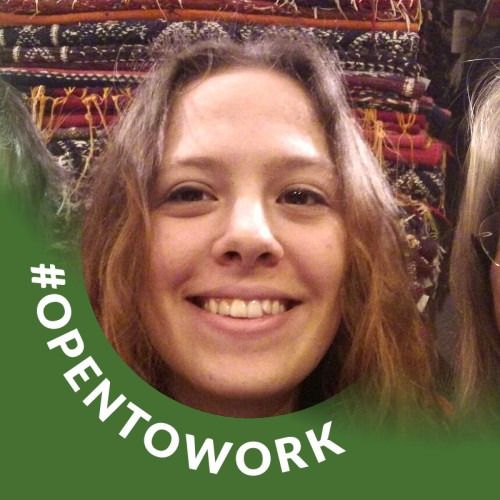


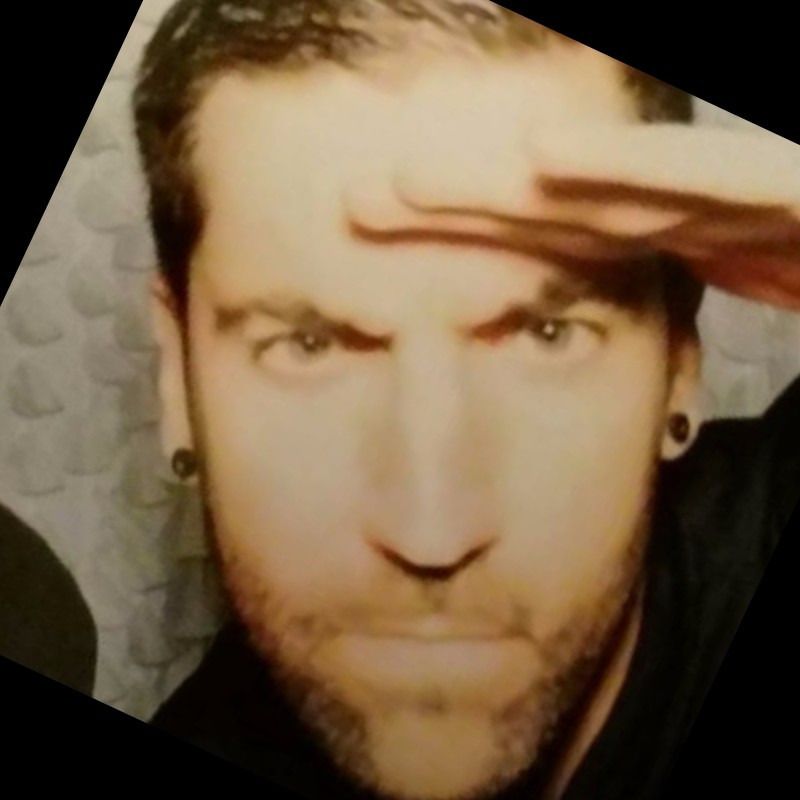
Katana
Katana Essentials
Lighting Theory
Lighting and Colour Theory
Rendering
Rendering
Understanding Renderers
Arnold Essentials
The Lighting Process
Lighting Process
Compositing for Lighters
Compositing for Lighters
What To Expect
Theory
Theory
Lighting Projects
Lighting Projects
Practice Exercises
Practice Exercise
Weekly Review
Weekly Review
Industry Studies
Industry Insight
Career Prep
Career Prep
Admission Info
Academic Start Date
To Be Determined – Contact us for further details.
What We Look For...
The following criteria provides a general idea of what we look for in the personal letter and portfolio that you must submit in the application process. It is important to note that the quality of these items are considered together with the general requirements needed to apply to Lost Boys.
In your personal letter, we want to know about you as a person and your feelings towards visual effects, movies, film-making, art, design, or technology. Also, illustrate to us your ability to work independently. What do you plan to accomplish by being part of Lost Boys?
In your portfolio, include 4-6 pieces displaying work in either 3D software, photography, cinematography or fine arts. Caption each piece of work and tell us about your process, how you came about this work, and why it is significant.
Tuition Costs - TBD
Our Lighting Program produces specialized artists who utilize the very powerful Katana software. This course will prepare you for all that is required by a lighting artist in the visual effects industry. With the constantly evolving industry and our programs adaptability to it, our program is the right step for those who are looking for a highly-specialized course prepared to get you into the industry.
